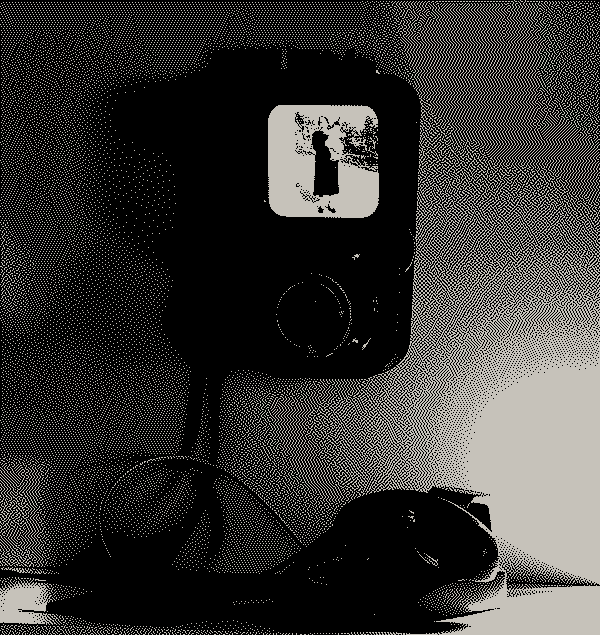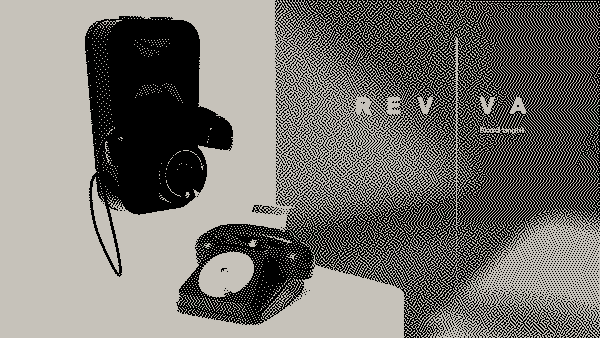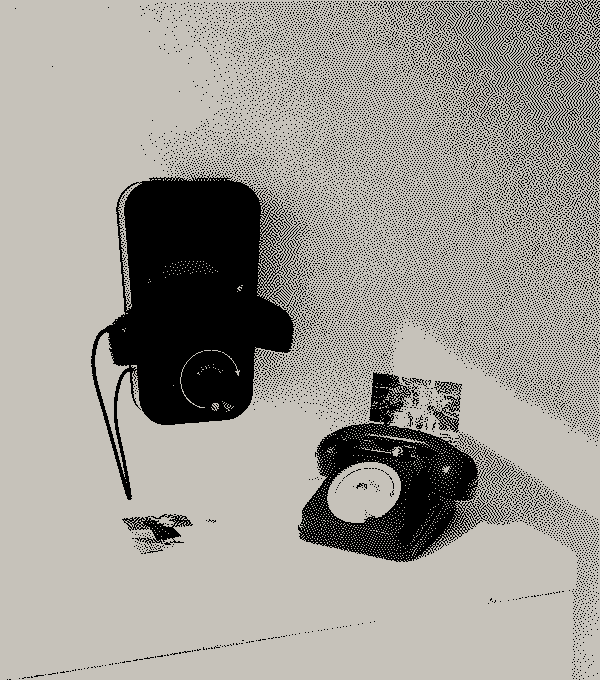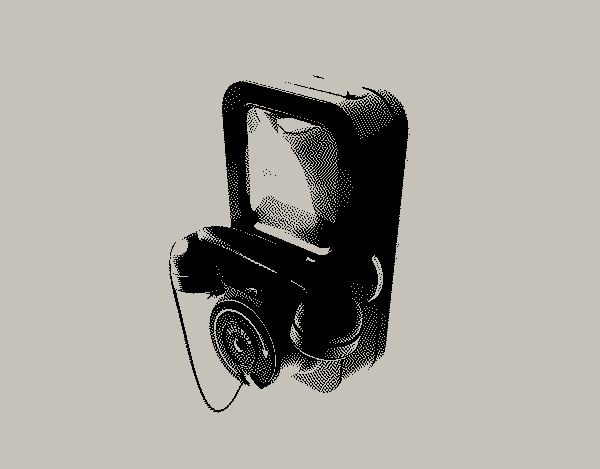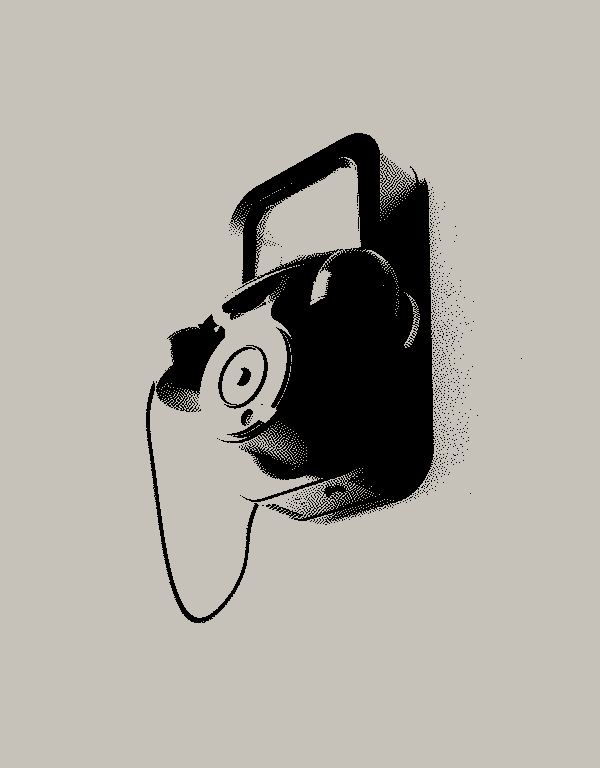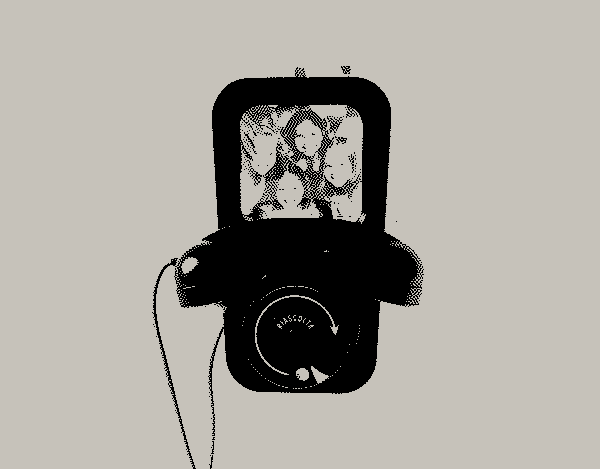Reviva
Tangible memories
Description
The jury:
"La tesi propone una soluzione inedita, innovativa e al tempo stesso particolarmente empatica, per migliorare la qualità della vita dei soggetti affetti da demenza. La soluzione progettuale è preceduta da un’attenta ricostruzione delle conoscenze sulla malattia e delle terapie esistenti e fa leva sul riconosciuto potenziale terapeutico dei ricordi per influenzare positivamente la percezione e il benessere psicofisico dei soggetti ai quali si rivolge. La tesi parte dal presupposto che i loro ricordi siano particolarmente resistenti al tempo e si prestino ad essere utilizzati con efficacia. Oggetti di uso quotidiano negli anni Cinquanta e Sessanta come il telefono di bachelite nera con ghiera rotante, opportunamente arricchito di funzionalità disegnate senza alterarne i caratteri di familiarità e deragliare dallo spettro del vissuto personale, sono le interfacce proposte per rievocare in modo semplice e intuitivo immagini e voci del passato in grado di stimolare i sensi e risvegliare le emozioni. La coerenza fra il concept terapeutico, l’estetica e la funzionalità della soluzione progettuale delinea uno strumento in grado, durante l'utilizzo, di innescare una interazione empatica, infondere senso di sicurezza, rispettare le esigenze emotive dei soggetti affetti da demenza. "
The thesis project focuses on the design of therapeutic devices intended for individuals suffering from dementia, with the aim of improving their quality of life through empathetic and user-centered design. The research is based on an in-depth analysis of the disease, existing therapies, and products currently available on the market, and then explores the therapeutic potential of distant memories and how these can positively influence users’ perception and psychophysical well-being. Fundamental to the development process was a retrospective analysis of past eras, particularly the 1950s and 1960s, which represent the childhood and youth of the target demographic-individuals who are now elderly and suffer from dementia. The thesis assumes that memories linked to these years are particularly resistant to time and can be utilized as effective therapeutic tools. The historical investigation has allowed us to identify objects from the past, such as mechanical and electromechanical devices, that were an integral part of daily life in those years and that, when reintroduced in a therapeutic framework, can evoke feelings of familiarity. The project proposes two therapeutic devices, named Reviva ‘50 and Reviva ‘60, which recall the aesthetics and functionality of objects from the past and are designed to stimulate the senses and evoke emotions tied to significant periods in users’ lives. The process begins with a family member selecting or creating a photo or video for their relative, uploading the required content through a dedicated app, and recording a voice message describing the image or video. The postcard is then printed with a code that can be read to play the audio and/or video, and it is collected by the caregiver, who gives it to the person suffering from dementia. When Reviva interacts with the postcard, the device recognizes the code and activates the phone ringing, inviting the patient to pick up the handset to listen to the recording and view the associated image. The audio can be replayed by rotating a rotary dial, and the device stops audio playback when the handset is lowered. The postcard can be kept for future use, ensuring that memories become immediate and accessible sensory experiences. Listening to the voice of loved ones through the uploaded audio tracks transforms the deferred contact with the family into a moment of connection and comfort, as it not only stimulates the senses and evokes emotions tied to significant periods of life, but also reduces stress and anxiety. The innovative element of the project lies in the combination of morphologies and physical interfaces inspired by the past, ensuring simplicity and intuitiveness, and providing a sense of security through the evocation of familiar memories. Particular attention was paid to the importance of aesthetics that connect and stimulate users’ historical memory, improving their user experience and facilitating understanding of the device’s functionality. From an innovation point of view, the thesis stands out for its empathetic approach that guides the entire design process, proposing an integrated vision in which memory, emotions, and interaction with the object play a central role, coherently fitting into the context of challenges related to low birth rates and population aging. The project aims to create therapeutic devices that are not only functional and aesthetically pleasing but also deeply rooted in human experience, capable of responding to the emotional needs of older people suffering from dementia. This approach improves the psychophysical well-being of users and offers new ideas for addressing the growing needs for assistance resulting from population aging.
